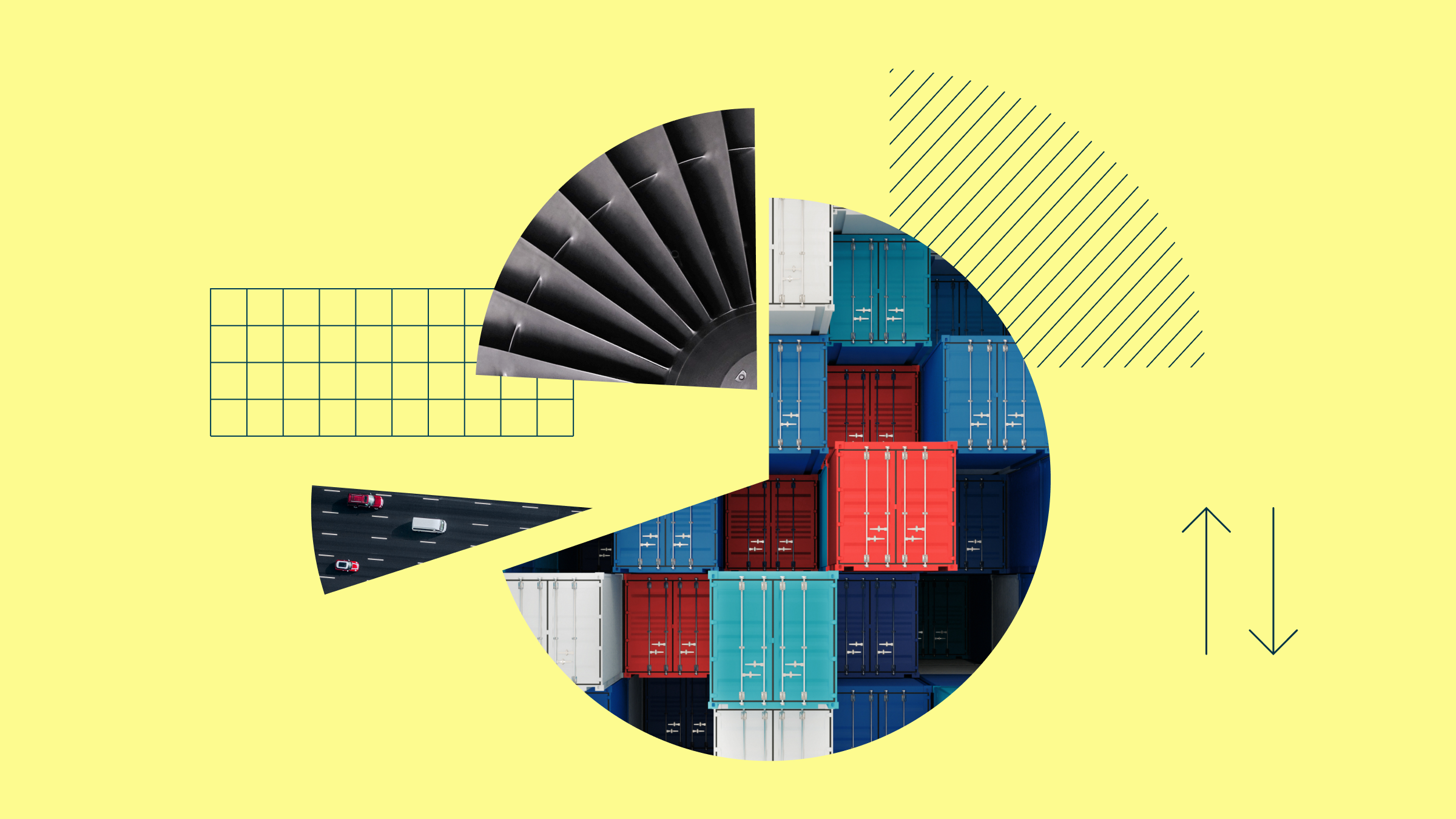The European sovereign debt crisis flares anew, supporting our long-held investment thesis to favour corporate bonds of US issuers over European issuers
- We have a neutral view on credit spreads predicated on rising systemic risk emanating from Europe
- Increasing sovereign risk drives downgrades in the European banking sector.
- Long-term interest rates have hit new lows.
Neutral View on Credit Spreads Predicated on Systemic Risk From Europe
Since we moved to a neutral view of corporate credit risk exposure on April 9, the average spread in both the Morningstar Corporate Bond Index and the Morningstar Eurobond Corporate Index has widened 27 basis points to +217 and +241, respectively. Although our credit analysts continue to forecast stable to slightly improving corporate earnings and credit fundamentals, we revised down our opinion from overweight as the sovereign debt and banking crisis in Europe appeared to be flaring back up again.
We believe a neutral stance in corporate bonds is warranted, and we will likely hold this view until we gain additional clarity into the EU's ability to manage Spain's financing requirements and impact on corporate risk due to the recessions in many European nations and the slowdown in emerging markets. If the situation in Europe deteriorates, the emerging markets descend into a hard landing, or growth in the United States dwindles, then the contagion from heightened credit risk will hurt the corporate bond markets, and spreads will widen across the board. However, if we gain additional visibility that these issues are alleviated, then we think corporate credit spreads will resume their tightening trend as stable corporate fundamentals and positive technicals provide greater demand for corporate bonds.
In May 2010, we first suggested that investors should favour corporate bonds from US issuers over European issuers. Since then, the Morningstar Corporate Bond Index has outperformed the Morningstar Eurobond Corporate Bond Index by almost 14%. We continue to prefer corporate bonds over other fixed-income securities as we generally think that corporations are healthy, credit metrics are stable, and our outlook for credit risk is positive; however, the tide of systemic risk is rising in Europe, and liquidity is once again tightening. In the event that the European sovereign debt crisis spirals out of control, we think US corporate bonds will hold their value better than their European counterparts. If Europe suffers from a deep recession, the US economy will be affected, but to a much lesser degree, as it is not very reliant upon exports to Europe.
With Spanish yields rising over 7% and Italian yields over 6%, we are once again nearing the point where the European governments will need to act before the sovereign debt crisis roils the markets. To break this cycle, policymakers need to put forth a plan that deals not only with the losses in the Spanish banking system, but also addresses the structural issues across the EU's labour and regulatory regimes. Until investors can be convinced that the Spanish banks are solvent and have enough capital to absorb the losses buried on their balance sheets, and that the structural imbalances plaguing the peripheral nations will be corrected over time, this cycle will continue.
Increasing Sovereign Risk Drives Downgrades in European Banking Sector
We recently reassessed the probability of one or more sovereign restructurings in Europe, and lowered our ratings on the banks with the largest exposures to Spanish and Italian sovereign debt as a result. Using market-based debt spreads, as well as our own analysis, we increased our estimate of the probability that either Spain or Italy defaults or restructures in the next five years. In this downside scenario, six European banks that we cover would be exposed to significant losses on their balance sheets, resulting in dramatically lower credit ratings. Our base-case scenario is that Spain and Italy are able to avoid a sovereign default or restructuring; however, using a probability-weighted rating methodology led to six downgrades in the banking sector.
For the third quarter, we expect that individual issuer credit risk for US issuers will mostly emanate from companies that look to financial engineering (i.e., spin-offs, acquisitions, and debt-funded share buyback programmes) to enhance shareholder value. Leveraged buyouts will likely be few and far between as both US and European banks are more interested in preserving capital as opposed to generating fees from financing leveraged transactions. However, among European issuers, we expect credit risk will generally trend higher with cyclical sectors experiencing the brunt of the continent-wide economic slowdown. Several European countries are already in a recession and several other European economies appear to be heading in the same direction.
Long-Term Interest Rates Hit New Lows
Long-term interest rates decreased to new all-time lows as the sovereign debt and banking crisis in Europe flared up again, driving the flight to Treasuries in the second quarter. The 10-year Treasury dropped as low as 1.44%, and the 30-year Treasury dropped as low as 2.51%. Government bonds of other safe-haven countries rallied to ridiculously low yields as well. Germany's 10–year bonds dropped as low as 1.40%, and in the column of "I've never seen that before," Swiss bonds traded at a negative yield out to five years on the yield curve, reaching a (0.03)% yield.
While we don't make explicit interest rate forecasts, we think that barring a complete financial meltdown in Europe or an especially hard landing in China, interest rates have likely bottomed out and should head higher over the medium term to provide investors a real return over inflation. While the range of the real return over inflation has varied over time, we can easily see the 10-year Treasury bond rising toward 3%. In such a scenario, even if corporate credit spreads tighten, a significant amount of the upside from tightening credit spreads would be offset by rising rates. As such, corporate bond prices would either remain flat or decrease slightly, although the decline in corporate bonds would be less than Treasury bonds. To avoid such losses, investors may either look to invest in shorter- or medium-duration bonds, whose prices would not be as affected by rising rates, or invest in floating-rate securities.

















